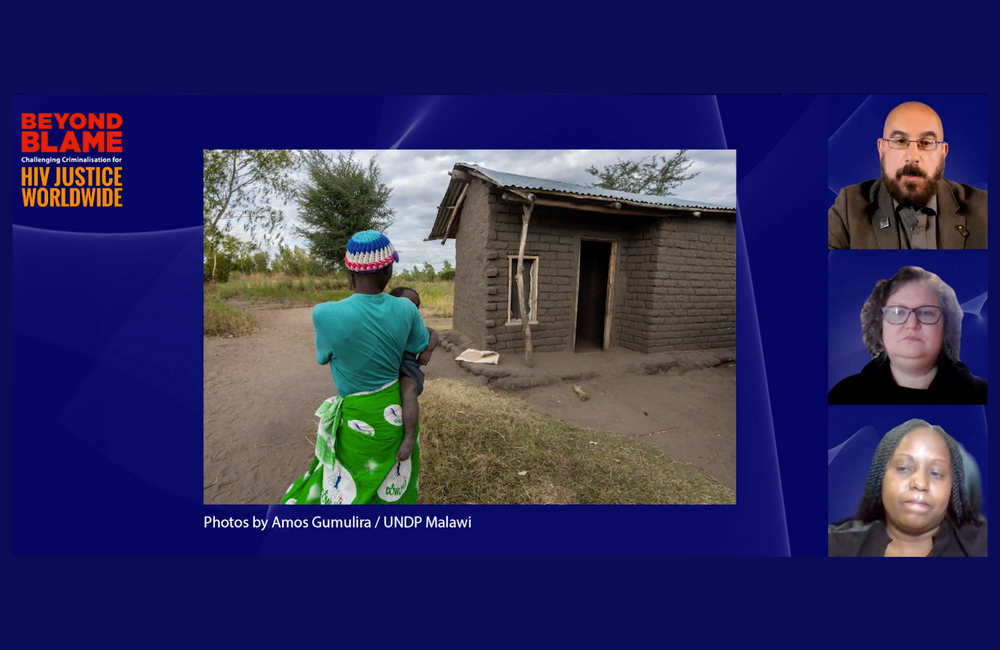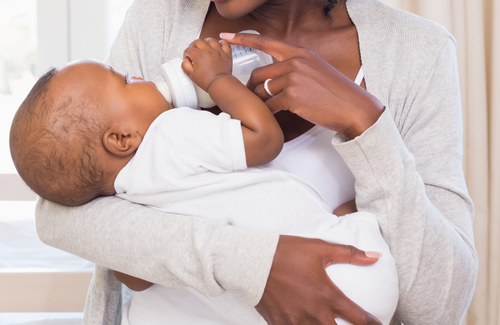
Over the last decade, criminal cases brought against women for alleged HIV exposure or transmission through breast milk have been on the increase. This is particularly concerning in sub-Saharan Africa, where nine such cases have been reported since 2013.
Alison Symington, from the HIV Justice Network, and Nyasha Chingore, from the AIDS Rights Alliance for Southern Africa (ARASA), reported on HIV criminalisation and breastfeeding at the recent Beyond Blame: Challenging Criminalisation for HIV Justice Worldwide meeting.
Background
Currently, 77 countries have HIV-specific criminal laws. These laws cover non-disclosure to sexual partners, potential or perceived exposure, and transmission. Other countries have applied general criminal laws – such as for sexual assault and attempted murder – to people living with HIV. In most instances, intent to transmit HIV does not need to be proven. Many of these laws do not acknowledge that regardless of treatment, the possibility of HIV transmission from a single act of exposure is very low, or that effective treatment eliminates the risk of sexual transmission altogether (Undetectable = Untransmittable, or U=U).
Public health and medical experts agree that overly broad HIV criminalisation laws are ineffective at preventing transmission and only work to further stigmatise people living with HIV.
Based on stigma, not science
Symington reported that 13 known breastfeeding-related cases have been brought against women living with HIV. This has happened in Canada and the United States, but has mainly occurred in sub-Saharan Africa, including in Zimbabwe, Kenya, Malawi, Zambia, Uganda and Botswana since 2013. Women have been charged with various offences, ranging from “unlawfully doing an act likely to spread a dangerous disease” to “deliberately infecting another with HIV”.
“These prosecutions come more from an overreaction to an exaggerated threat based on HIV-related stigma, misinformation about HIV transmission, as well as the fact the burden of preventing transmission to children is placed on the shoulders of women,” Symington stated.
A striking feature in some of these cases, such as those in Kenya, is that it is not the infant’s mother being prosecuted but a caregiver instead. In some African countries, it is common for domestic workers to breastfeed or comfort nurse their employer’s children. Chingore spoke of a moral panic that characterises these cases – linked to the stigma surrounding HIV transmission and because it is breast milk from a domestic worker. This leads to highly biased criminal trials, based on stigma and not science. “It is concerning that this tends to affect women of lower socioeconomic status, women who are generally vulnerable to the employer-employee dynamic,” Chingore added.
A breastfeeding woman living with HIV in Malawi was convicted of “negligently and recklessly doing an act likely to spread infection” after briefly holding another woman’s baby at a village meeting in 2016. Community members, knowing the woman to have HIV, alleged that she had breastfed the baby during this brief time. Even though she was on HIV treatment, and her own child had not acquired HIV, the incident was reported to the police resulting in a sentence of nine months’ imprisonment and hard labour. This sentence was later overturned upon appeal, based on expert testimony indicating that the actual risk of HIV transmission in this instance would have been infinitesimally small.
This case shows how HIV-related stigma and a lack of knowledge regarding HIV transmission in breastfeeding can result in devastating consequences for women living with HIV.
Risk of HIV transmission via breast milk
While U=U does not apply to breastfeeding, the risk of transmitting HIV through breast milk is nonetheless very low if the person breastfeeding is on antiretroviral treatment. Some estimates place the risk of transmission at 1% if the baby is breastfed for six months and at nearly 3% for one year. However, the PROMISE study, in which mothers were offered HIV treatment the entire time they were breastfeeding, placed the risk of transmission at 0.3% after six months and 0.6% after a year.
“We know now that this study represents somewhat of an overestimate of the actual risk of transmission due to various factors in the study,” Symington stated, referring to the PROMISE findings. “If women are on treatment throughout their pregnancy and while breastfeeding, the risk isn’t the same as U=U, but it’s close.”
Currently, most low- and middle-income countries recommend breastfeeding for all women living with HIV, while high-income countries recommend using formula milk. Chingore emphasised that in African countries where prosecutions are taking place, it is recommended that women with HIV breastfeed, provided they are on treatment, because this is the safest and most affordable approach in places with an unsafe water supply and where bottles cannot be sterilised.
However, being on effective treatment and having an undetectable viral load have not always worked as an effective defence for women on trial. Thus, it is crucial that a human rights approach is combined with science in HIV criminalisation trials.
What is being done?
Chingore and colleagues have requested that the African Commission on Human and Peoples’ Rights clarify their position on HIV criminalisation and breastfeeding. While the commission has condemned overly broad HIV criminalisation generally and has provided guidance to member states in this regard, it has yet to pass a resolution specific to HIV criminalisation in the context of breastfeeding.
The HIV Justice Network has produced a Breastfeeding Defence Toolkit, containing legal materials, scientific information and policy documents to assist in the defence of women living with HIV prosecuted under these laws.
HIV Justice Network. Beyond Blame: Challenging Criminalisation for HIV Justice Worldwide webinar. 30 November 2021.
Cameron S. It takes more than a village to end HIV criminalisation. HIV Justice Network. Published online 23 September 2021.

